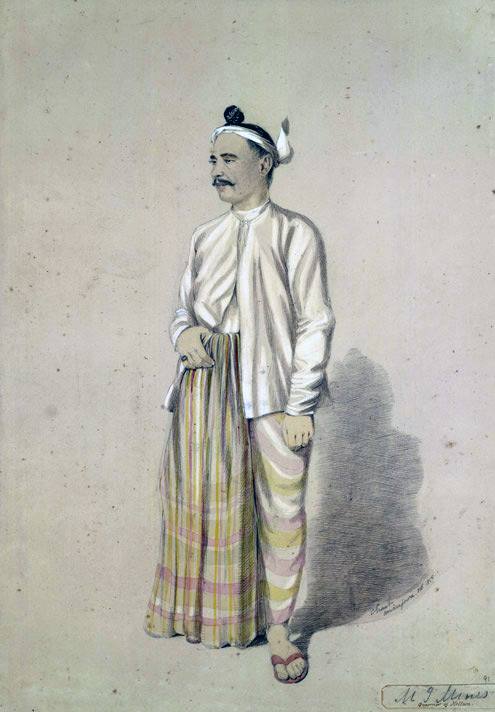
1610s
The Armenian community of Myanmar
One of the least known but most interesting of Myanmar's minority communities were the Armenians. They had migrated to Myanmar from Persia as early as the 1610s and the first Armenian tombstones in Myanmar date back to 1725. Hundreds of Armenian-Burmese served at the Court of Ava and worked as merchants in Amarapura, Mandalay and Rangoon and elsewhere.
The legacy of Armenians in Myanmar is visible to this day. The Strand Hotel was built by the Armenian Sarkies brothers (who also built Raffles Hotel in Singapore). An Armenian-Burmese called Peter Aratoon owned the Silver Grill nightclub on Barr Street and the beautiful Balthazar building (still existing on Bank Street). The recently renovated Armenian Church of St John the Baptist is on 40th and Merchant Streets, built on a plot of land given to the Armenian-Burmese community by King Mindon.
Many Armenian-Burmese served in high positions, as diplomats, customs officials, and interpreters for Burmese kings and they were deeply resented by the British as anti-British. One of the most famous of all Armenian-Burmese was Diana Apcar, who was born in Rangoon in 1859 and went on to be independent Armenia's ambassador to Japan just after WW1. A film is now being made about her amazing life (http://dianaapcar.org). The last ‘pure’ Armenian-Burmese, Mr Martin (Martirossian) passed away in 2013 in Yangon, marking the end of a fascinating 400 year old community.
This watercolour with pen and ink is a portrait of Mr Makertich J Mines, the Governor of Melun, during a British mission to King Mindon's court in 1855. It was painted by the official artist to the mission, Colesworthy Grant, who wrote, "Mr. Mackertich is an Armenian, but naturalized to Burmah. He was one of the Burmese Embassy to Calcutta in 1854, and on the English mission reaching Melloon, of which he was then Governor, he formed a Member of deputation appointed to escort the party from that place to the capital. Mr. Mackertich speaks English well; and is a shrewd and intelligent man."
Explore more in Early Modern Myanmar and its Global Connections (1510-1824AD)